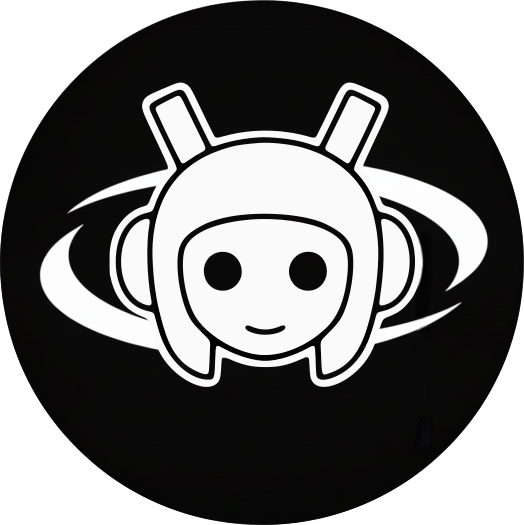Integrating Arduino with Ableton Live Suite empowers musicians, producers, and live performers to create highly customized and interactive setups that transcend traditional digital audio workstations. Arduino, an open-source electronics platform, allows users to design and build bespoke hardware controllers by interfacing a variety of sensors, buttons, knobs, and LEDs, enabling nuanced and tactile manipulation of Ableton’s extensive features. This synergy facilitates the development of unique MIDI controllers tailored to specific workflows, providing enhanced control over clip launching, effects modulation, and real-time parameter adjustments that standard controllers may not offer. Additionally, the integration supports dynamic and immersive live performances by leveraging motion sensors, accelerometers, and touch interfaces to interact with audio and visual elements in real-time, fostering a more engaging and expressive stage presence. The connection kit essential for this integration typically includes versatile Arduino boards such as the Uno, Mega, or Leonardo, MIDI shields or USB-MIDI interfaces for seamless communication with Ableton, and a variety of sensors and input components to capture diverse forms of user interaction. Essential accessories like USB cables, breadboards, jumper wires, and power supplies ensure robust and reliable setups, while software tools including the Arduino IDE, MIDI libraries, Max for Live, and the Firmata protocol facilitate efficient programming and synchronization with Ableton. Moreover, Arduino’s compatibility with Max for Live allows for the creation of complex data exchanges and custom software extensions, enabling real-time parameter control and automated sequences that enhance both studio production and live performance environments. This integration not only streamlines workflows by providing intuitive and flexible control mechanisms but also opens avenues for innovative instrument design, interactive multimedia projects, and responsive visual feedback systems that react to musical input. By leveraging Arduino’s hardware flexibility alongside Ableton Live Suite’s powerful software capabilities, professionals can develop scalable and versatile setups that enhance creativity, optimize performance efficiency, and expand the boundaries of digital music production and live artistry. Whether building hybrid instruments, custom synthesizer interfaces, or interactive light shows, the Arduino-Ableton synergy offers a robust framework for delivering sophisticated, low-latency, and highly responsive audio-visual experiences, making it an invaluable tool for audio engineers, composers, multimedia artists, and developers aiming to push the limits of modern music and interactive media.
